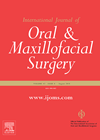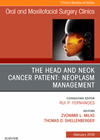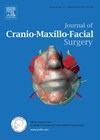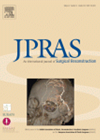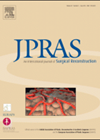
Journal Reviews
Lymph node ratio in tongue cancer
This is an analysis of 88 patients treated in Switzerland between 2003 and 2012. All patients had a selective neck dissection and recurrence occurred in 25 patients. Overall and disease specific survival were 72% and 80%. They specifically looked at...
Perioperative management of the head and neck cancer patient
The perioperative care of patients with head and neck cancer is complex and requires significant preoperative planning and patient education. The issues include analgesia, antibiotics, stoma and wound care, general and chest physiotherapy, thromboprophylaxis and nutrition. This article provides a...
Postoperative antibiotics after a free flap surgery – is one dose enough?
Major head and neck surgery with ablation of oral cancer, neck dissection and free flap reconstruction is a well-established part of maxillofacial surgery. These patients however already have significant co-morbidities and together with a long operation, large wounds open for...
Another paper advocating resection templates
Resection in the head and neck region leads to complex defects with significant impairment in function. Reconstruction is even more difficult and to improve the accuracy of both resection and reconstruction a number of aids are used. With the improved...
Multiple free flaps for head and neck cancer
Most patients with advanced head and neck cancers now undergo microvascular free flap reconstruction. This is mainly as flaps facilitate complete tumour and margin removal by providing reliable wound coverage and better restoration of form and function. However, despite this,...
The superficial circumflex iliac artery perforator flap in intraoral reconstruction
There can be little disagreement that a groin flap, or one of its derivatives, can leave behind a scar which is without problems (except, perhaps to a pole dancer). Thus popularisation of such a flap is much to be desired,...

